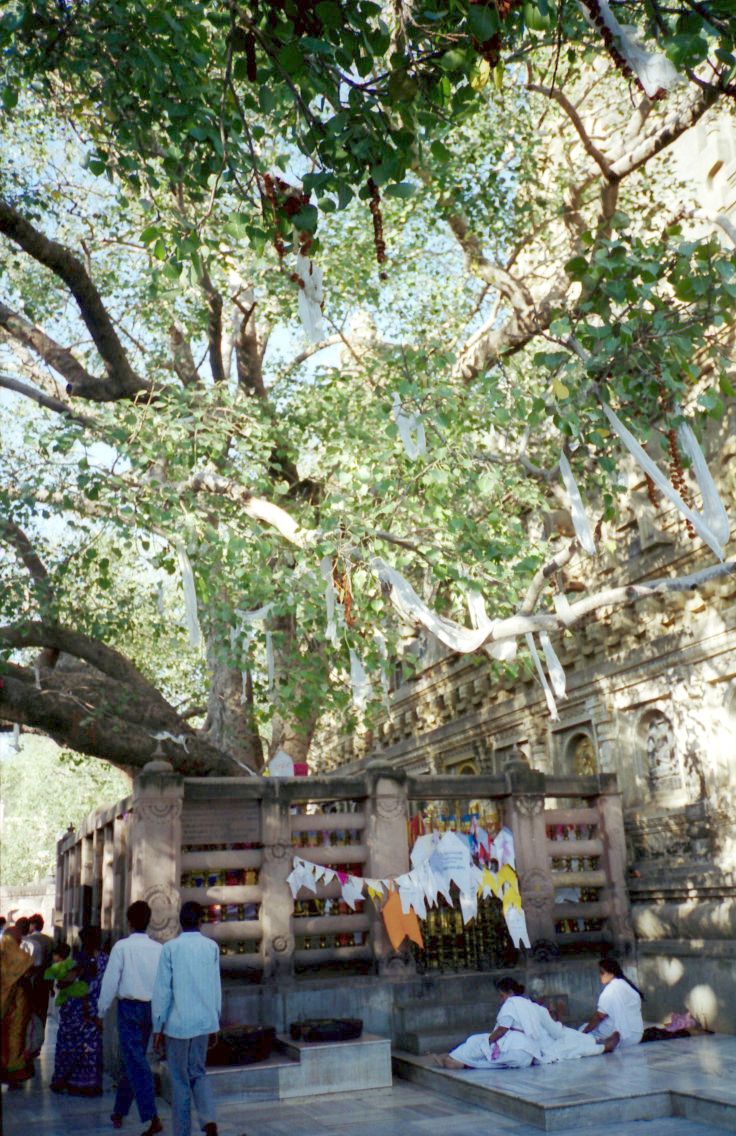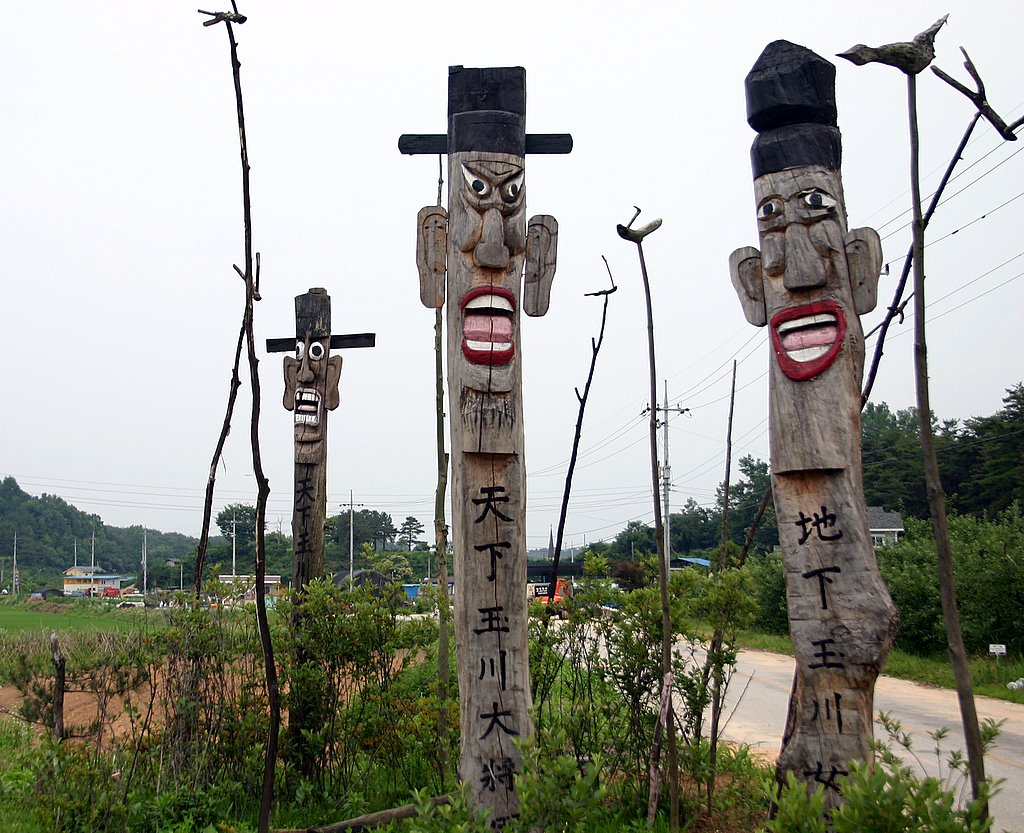|
Charak Puja
Charak Puja or Charak Mela (also known as ''Cadak'', ''Chadak'', ''Nil Puja'' and ''Hajrha Puja'') is a Hindu folk festival held in honor of the deity Shiva. The festival is observed in the India, in the state of West Bengal, and in Bangladesh on the last day of the month of ''Chaitra'' (Choitro in the Bengali calendar) at midnight. People believe that by satisfying Shiva, the festival will bring prosperity by eliminating the sorrow and sufferings of the previous year. The preparation usually starts a month in advance. The arrangement team of the festival go from village to village to procure the necessary components like paddy, oil, sugar, salt, honey, money and other items needed for the ritual. On the midnight of the Songkranti, the worshippers are gathered together to worship Shiva and Maa Durga for success, and after a puja, the prasad (items blessed by the deity) are distributed. In one place, it is also known as "Hajrha Puja". Women fast before this festival. Many t ... [...More Info...] [...Related Items...] OR: [Wikipedia] [Google] [Baidu] |
Hindu
Hindus (; ) are people who religiously adhere to Hinduism.Jeffery D. Long (2007), A Vision for Hinduism, IB Tauris, , pages 35–37 Historically, the term has also been used as a geographical, cultural, and later religious identifier for people living in the Indian subcontinent. The term ''"Hindu"'' traces back to Old Persian which derived these names from the Sanskrit name ''Sindhu'' (सिन्धु ), referring to the river Indus. The Greek cognates of the same terms are "''Indus''" (for the river) and "''India''" (for the land of the river). The term "''Hindu''" also implied a geographic, ethnic or cultural identifier for people living in the Indian subcontinent around or beyond the Sindhu (Indus) River. By the 16th century CE, the term began to refer to residents of the subcontinent who were not Turkic or Muslims. Hindoo is an archaic spelling variant, whose use today is considered derogatory. The historical development of Hindu self-identity within the local In ... [...More Info...] [...Related Items...] OR: [Wikipedia] [Google] [Baidu] |
Charak - Indian Museum, Kolkata R , Yarkant County, Kashgar Prefecture, Xinjiang
{{dab, geo ...
Charak may refer to: *Bandar Charak, a city in Iran *Charak, Bushehr, a village in Iran *Charaka, ancient Ayurveda figure *Charak Puja, a folk festival of Bengal *Charak Charak may refer to: *Bandar Charak, a city in Iran * Charak, Bushehr, a village in Iran *Charaka, ancient Ayurveda figure *Charak Puja Charak Puja or Charak Mela (also known as ''Cadak'', ''Chadak'', ''Nil Puja'' and ''Hajrha Puja'') is a Hind ... [...More Info...] [...Related Items...] OR: [Wikipedia] [Google] [Baidu] |
Gajan (festival)
Gajan or Shivagajan is a Hindu festival celebrated mostly in the Indian state of West Bengal. It is associated with such deities as Shiva, Neel and Dharmaraj. Gajan spans around a week, starting at the last week of Choitro continuing till the end of the Bengali year. It ends with Charak Puja. Participants of this festival is known as sannyasi or Bhokto. Persons of any gender can be a participant. The complete history of the festival is not known. The central theme of this festival is deriving satisfaction through non-sexual pain, devotion and sacrifice. Etymology The word ''gajan'' in Bengali comes from the word ''garjan'' or roar that sannyasi ''Sannyasa'' (Sanskrit: संन्यास; IAST: ), sometimes spelled Sanyasa (सन्न्यास) or Sanyasi (for the person), is life of renunciation and the fourth stage within the Hindu system of four life stages known as '' As ...s (hermits) emit during the festivities.Mitra, Dr. Amalendu, ''Rarher Sanskriti O Dh ... [...More Info...] [...Related Items...] OR: [Wikipedia] [Google] [Baidu] |
Andhra Pradesh
Andhra Pradesh (, abbr. AP) is a state in the south-eastern coastal region of India. It is the seventh-largest state by area covering an area of and tenth-most populous state with 49,386,799 inhabitants. It is bordered by Telangana to the north-west, Chhattisgarh to the north, Odisha to the north-east, Tamil Nadu to the south, Karnataka to the west and the Bay of Bengal to the east. It has the second longest coastline in India after Gujarat, of about . Andhra State was the first state to be formed on a linguistic basis in India on 1 October 1953. On 1 November 1956, Andhra State was merged with the Telugu-speaking areas (ten districts) of the Hyderabad State to form United Andhra Pradesh. ln 2014 these merged areas of Hyderabad State are bifurcated from United Andhra Pradesh to form new state Telangana . Present form of Andhra similar to Andhra state.but some mandalas like Bhadrachalam still with Telangana. Visakhapatnam, Guntur, Kurnool is People Capital of And ... [...More Info...] [...Related Items...] OR: [Wikipedia] [Google] [Baidu] |
Maharashtra
Maharashtra (; , abbr. MH or Maha) is a states and union territories of India, state in the western India, western peninsular region of India occupying a substantial portion of the Deccan Plateau. Maharashtra is the List of states and union territories of India by population, second-most populous state in India and the second-most populous country subdivision globally. It was formed on 1 May 1960 by splitting the bilingual Bombay State, which had existed since 1956, into majority Marathi language, Marathi-speaking Maharashtra and Gujarati language, Gujarati-speaking Gujarat. Maharashtra is home to the Marathi people, the predominant ethno-linguistic group, who speak the Marathi language, Marathi language, the official language of the state. The state is divided into 6 Divisions of Maharashtra, divisions and 36 List of districts of Maharashtra, districts, with the state capital being Mumbai, the List of million-plus urban agglomerations in India, most populous urban area in India ... [...More Info...] [...Related Items...] OR: [Wikipedia] [Google] [Baidu] |
Yatra
( sa, यात्रा, 'journey', 'procession'), in Indian-origin religions, Hinduism, Buddhism, Jainism and Sikhism, generally means a pilgrimage to holy places such as confluences of sacred rivers, sacred mountains, places associated with Hindu epics such as the Mahabharata and Ramayana, and other sacred pilgrimage sites. Visiting a sacred place is believed by the pilgrim to purify the self and bring one closer to the divine. The journey itself is as important as the destination, and the hardships of travel serve as an act of devotion in themselves. A is a pilgrimage to a sacred site, generally undertaken in groups. Yatri is the term for anyone who undertakes the yatra. According to Vedic Hindu Dharma Shastras, a Yatri ought to perform Yatra on foot, called padayatra, ideally barefoot as a form of tapasya in which the pilgrim should travel without umbrellas or vehicles; however, many yatris do not follow these niyamas. In present times, yatras are highly organized a ... [...More Info...] [...Related Items...] OR: [Wikipedia] [Google] [Baidu] |
Tree Worship
Trees are significant in many of the world's mythologies, and have been given deep and sacred meanings throughout the ages. Human beings, observing the growth and death of trees, and the annual death and revival of their foliage, have often seen them as powerful symbols of growth, death and rebirth. Evergreen trees, which largely stay green throughout these cycles, are sometimes considered symbols of the eternal, immortality or fertility. The image of the Tree of life or world tree occurs in many mythologies. Examples include the banyan and the sacred fig ('' Ficus religiosa'') in Hinduism, Buddhism and Jainism, the tree of the knowledge of good and evil of Judaism and Christianity. In folk religion and folklore, trees are often said to be the homes of tree spirits. Germanic mythology as well as Celtic polytheism both appear to have involved cultic practice in sacred groves, especially grove of oak. The term '' druid'' itself possibly derives from the Celtic word for oak. The E ... [...More Info...] [...Related Items...] OR: [Wikipedia] [Google] [Baidu] |
Ceremonial Pole
A ceremonial pole is a stake or post utilised or venerated as part of a ceremony or religious ritual. Ceremonial poles may symbolize a variety of concepts in different ceremonies and rituals practiced by a variety of cultures around the world. In many cultures, ceremonial poles represent memorials and gravemarkers. In ''The Evolution of the Idea of God'', Grant Allen notes that Samoyeds of Siberia, and Damara of South Africa plant stakes at the graves of ancestors. Ceremonial poles may also be raised during celebrations and festivals, as with Gudi Padwa in South Asia and the maypole dance in Europe. In some cultures they may represent sacred trees or tools wielded by deities. They may also symbolise the axis mundi or world tree. In religious ceremonies, they may be venerated as idols or representations of tutelary deities. Asia Middle East Levant An Asherah pole is a sacred tree or pole that stood near Canaanite religious locations to honor the Ugaritic mother-god ... [...More Info...] [...Related Items...] OR: [Wikipedia] [Google] [Baidu] |
Sirimanothsavam
Sirimanothsavam, ( te, సిరిమాను పండుగ, సిరి మాను ఉత్సవం) (also referred to as ''Sirimanu Uthsavam'', ''Siri Manu Fete/Festival'', ''Sirimanu Panduga'') is a festival organized to propitiate Goddess Pyddithallamma of Vizianagram Town. ''Siri'' means "goddess Lakshmi in other words wealth and prosperity " and ''manu'' means "trunk" or "log". The priest of the temple, while taking procession between the fort and temple three times in the evening, hangs from the tip of the long, lean wooden staff (measuring 60 feet), raised high into the sky. The priest possessed by the goddess would himself tell a few days before, where this ''manu'' would be available. It is from that place only the log has to be procured. Hanging from the upper end of the staff, which is raised high into the sky, is a very risky exercise, but it is believed that the grace of the Goddess protects the priest from falling off. It is held in the month of September ... [...More Info...] [...Related Items...] OR: [Wikipedia] [Google] [Baidu] |
Patuakhali District
Patuakhali () is a district in South-central Bangladesh in the Barisal Division. This district is the main entrance for the beach of Kuakata. Geography It is adjacent to the Bay of Bengal. The area of the district is 3220.15 km2. Patuakhali city is surrounded on three sides by rivers. The two major rivers are Laukathi and Lohalia, which are directly connected with the Bay of Bengal. The city has an inland airport used for transport and private travel across the country. A number of different tribal peoples live in the district. Subdistrict There are 8 upazilas in this district. They are: #Dumki Upazila # Patuakhali Sadar Upazila # Mirzaganj Upazila # Bauphal Upazila # Galachipa Upazila # Dashmina Upazila # Rangabali Upazila #Kalapara Upazila Administration * Administrator of Zila Porishod: Mr. Khalilur Rahman Mohon * Deputy Commissioner (DC): MD. Matiul Islam Chawdhury * Superintendent of Police (SP): Mr.Md.Shahidullah PPM Economy Agriculture is the profession of the ... [...More Info...] [...Related Items...] OR: [Wikipedia] [Google] [Baidu] |
Galachipa Upazila
Galachipa ( bn, গলাচিপা ) is an upazila of Patuakhali District in the Division of Barisal, Bangladesh. In March 2011, part of the upazila was separated to make the new Rangabali Upazila. Geography Galachipa is located at . It has 49,982 households and a total area of 1267.89 km2. Rivers Galachipa Upazila has many rivers and canals. The Bay of Bengal is very close here. However, Galachipa is situated on the bank of the Ramnabad in Patuakhali District. Due to the river Galachipa is a famous port for rice and other crops. A large ''Haat'' takes place every Saturday based on the river. It is one of the largest Haats of greater Barisal. Another famous rivers of Galachipa are Agunmukha, Bura Gaurang. Charanchal Galachipa Upzilla is famous for her "Charanchal". "Char" means land disconnected from the mainland by rivers. These lands are highly disconnected and the river route is the only route. Road traffic has not been arranged yet. Some chars are larger while some ar ... [...More Info...] [...Related Items...] OR: [Wikipedia] [Google] [Baidu] |

.jpg)




